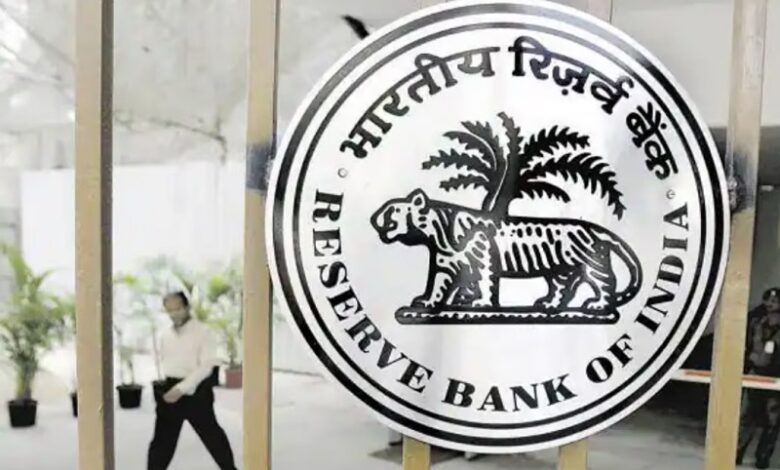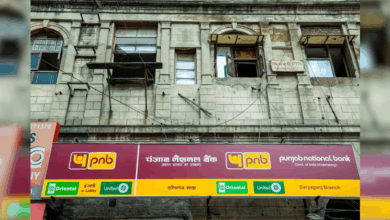Impact of Summer Heatwaves on RBI’s Interest Rate Policy in India

News Mania desk/Agnibeena Ghosh/14th May 2024
As India grapples with heatwaves this summer, the possibility of the Reserve Bank of India (RBI) reducing key interest rates has diminished, with concerns rising about potential effects on food prices and the crucial role of the upcoming monsoon season.
According to a report by the Bank of Baroda, severe heat conditions across the country are likely to influence food prices, underscoring the significance of the monsoon in determining agricultural outcomes. The Indian Meteorological Department (IMD) has forecasted an above-normal monsoon for the year, which holds promise for alleviating concerns about agricultural productivity and food prices.
Traditionally, the southwest monsoon, crucial for kharif crops, commences over Kerala around June 1st. This timing is pivotal for farmers as it sets the tone for the success of the summer cropping season. Given India’s reliance on agriculture, particularly rain-fed farming, the distribution and adequacy of monsoon rainfall are closely monitored by policymakers and economists alike.
The pressure on food prices has disrupted the ongoing disinflation process in India, posing challenges for achieving the target inflation rate of 4 per cent. The Bank of Baroda report emphasized that the RBI would carefully scrutinize the timing and distribution of rainfall before considering any interest rate cuts, indicating a cautious approach by the central bank in light of prevailing uncertainties.
The RBI convenes six bimonthly meetings annually to deliberate on key economic parameters, including interest rates, money supply, and inflation outlook. With meetings scheduled for various dates throughout the financial year, the RBI assesses macroeconomic indicators to formulate monetary policy. Amidst efforts to stabilize inflation and maintain economic equilibrium, the RBI has maintained the policy repo rate at 6.50 per cent, underscoring its commitment to managing inflationary pressures.
Furthermore, the Bank of Baroda’s report highlighted the impact of heatwave conditions on the travel sector, citing moderation in air passenger traffic, diesel consumption, and toll collections. However, the report also noted signs of recovery, such as increased auto sales, vehicle registrations, and electricity demand, indicating resilience in certain sectors of the economy despite adverse weather conditions.
The report underscored the importance of monitoring domestic demand indicators, which have shown improvement across various sectors, including fertilizer sales, auto sales, vehicle registrations, and power demand. These high-frequency indicators reflect the underlying strength of the economy and consumer sentiment, providing insights into future economic trends.
In its initial long-range forecast, the IMD projected above-normal rainfall during the South-West Monsoon season, offering optimism for agricultural output and economic growth. Similarly, Skymet, a private forecaster, has predicted a normal monsoon, further bolstering expectations for a favorable agricultural season.
Despite positive signs regarding summer crop sowing, concerns persist about water availability, with reservoir levels declining to 28 per cent of total storage capacity, compared to 35 per cent last year. This decline underscores the importance of effective water management strategies to mitigate the impact of heatwaves and ensure adequate water supply for agricultural and domestic use.
The heatwave conditions in India have significant implications for the country’s economy, particularly in terms of agricultural productivity, inflation, and monetary policy. As policymakers navigate the challenges posed by extreme weather events, including heatwaves and monsoon variability, proactive measures are essential to safeguard food security, stabilize prices, and promote sustainable economic growth.






